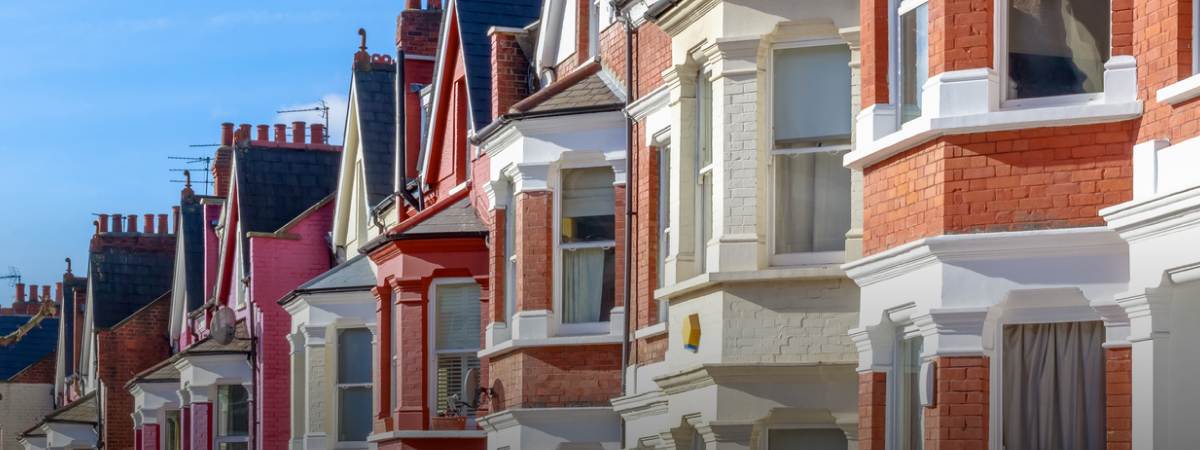
A complete guide to the cost of living in the Philippines
The Philippines is the most affordable country in Southeast Asia when it comes to expenditure, making it a popular spot for tourists and residents. Compared to nearby places like Thailand and Indonesia, the Philippines offers the lowest cost of living.
But what is the average cost of living in the Philippines? How does it compare to a country like the UK? Read on to discover the answers to some of the most frequently asked questions about the cost of living in the Philippines.
Table of Contents
Determining the average cost of living in the Philippines
The total monthly expenses for various essentials typically determine the average cost of living in the Philippines. Some of these essentials include food, housing and medical care.
Since these essentials vary in different towns around the Philippines, there is a need to compare and work out the average cost. For instance, if you’re a software engineer, you’ll earn an average of $16,000 in Manila. But in a place like Singapore, you’ll earn an average $49,000. The Philippines uses the Philippine peso as their standard currency. To make it easier to compare, we’re displaying the costs in US dollars for this article. Also you can have a look here for the best remittance to Philippines.

How the cost of living in the Philippines differs per city
Just like other countries, the cost of living in the Philippines varies depending on the city. This implies that some cities have a higher cost of living while others have a lower cost. Major cities like Quezon City and Manila are expected to have higher living costs than smaller cities. Below are some of the popular cities in the Philippines and their living costs:
Baguio City
Baguio is a well-established city that provides a distinct way of living with its great heights and surrounding forests. Additionally, the climate here is much more relaxed compared to other cities. In total, approximately 360,000 people live in this city. Rent is generally lower compared to other cities as a lot of students reside here. Below is the cost of living in Baguio:
| Category of living essentials | Average expenses |
| Living costs for local individuals | $813 |
| Living costs for tourists and other foreigners | $1,495 |
| Food | $1 for coffee and about $5 for dinner |
| Housing | A house unit costs $697 |
Manila city
Manila is the capital and the second-largest city in the Philippines. With over 1.8 million residents, the city provides an urban lifestyle that attracts lots of foreigners and business individuals. Overall, the lifestyle is more fit for an expat rather than a native. Below are the average expenses for each living essential:
| Category of living essentials | Average expenses |
| Living costs for foreigners | $1460 |
| Living costs for locals | $1050 |
| Food | $5 for dinner and $1 for coffee |
| Housing | A studio unit costs $943 |
| Public transport | $20 |
| Gym membership | $43 |
Davao
Davao is ranked third in the Philippines for size. The city boasts an excellent agricultural background and is a favourite for its food scene. When it comes to the cost of living in the Philippines, a housing unit goes for less than $500 a month in Davao.
| Living essential category | Average expenses |
| Foreigners living cost | $955 |
| Locals living cost | $614 |
| Food | $ 4.30 for food and $1.22 for coffee |
| Housing | A housing unit is estimated to be $485 |

Cebu
Cebu hosts one of the primary shipping ports in the nation. Additionally, the city is also a technological hub and a popular spot for holidays. Cebu is the second city with the highest cost of living.
| Living essentials | Average cost |
| Foreigner’s living expense | $1260 |
| The locals’ living expense | $869 |
| Food | $0.6 for coffee and $3 for dinner |
| Housing | A house unit costs $850 |
The cost of living in the Philippines compared to the UK
When it comes to the cost-of-living comparison, the UK has the highest cost of living compared to the Philippines.
When comparing major cities like Manila and London, you’ll find that London has a 325% higher cost of living. The table below shows a comparison between the two cities found in the Philippines and the UK:
| Living essentials | Cost of living in the UK (London) | Cost of living per individual in the Philistines (Manila) |
| Rent (family) | $2364 | $588 |
| Cost of living of an individual | $1371 | $614 |
| Food | $503 | $232 |
| Transport | $155 | $31 |
| Cost of family expenses | $5169 | $1558 |
Factors influencing the cost of living in the Philippines
As we discovered earlier, Manila tops the chart when it comes to the city with the highest cost of living in the Philippines. The others, like Davao and Baguio City, have the lowest cost of living. Overall, the cost of living is influenced by the following factors:
Housing
Housing is the biggest driver of the cost of living in the Philippines. Typically, renting a one-bedroom apartment can be more affordable than a studio apartment. When foreigners look for short-term housing, they can pay a lot more rent when compared to locals who purchase or rent real estate on a long-term basis. Other individuals, like foreigners, can only purchase specific apartments rather than the actual real estate.
Food and beverages
When it comes to food and beverages, the Philippines is reasonably priced. This is due to the easy availability of seafood and its fantastic street food scene. In places like Manila, you can enjoy a cappuccino for as little as $2.90 and a good dinner for $4. However, eating in restaurants like McDonald’s will likely be more expensive than eating in a typical Filipino restaurant.
Transportation
In the Philippines, the favoured mode of transportation is public as it’s more affordable. Vehicles like MRT, LRT and Jeepneys are also popular. These vehicles provide the most practical way to move around the Philippines.

In summary
The Philippines is a popular spot for tourists, retirees and other foreign visitors to come and visit. However, since the wages in the country are lower than in other places, most individuals opt to work in other countries and then send money home.
If you’re looking for the safest and fastest way to transfer money to the Philippines, why not use TransferGo?
We make money transfers fast, easy and convenient. Sign up, invite a friend and send money to the Philippines today.
Popular articles
Invite friends to TransferGo, earn £20









